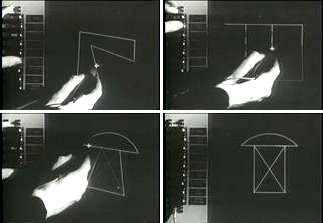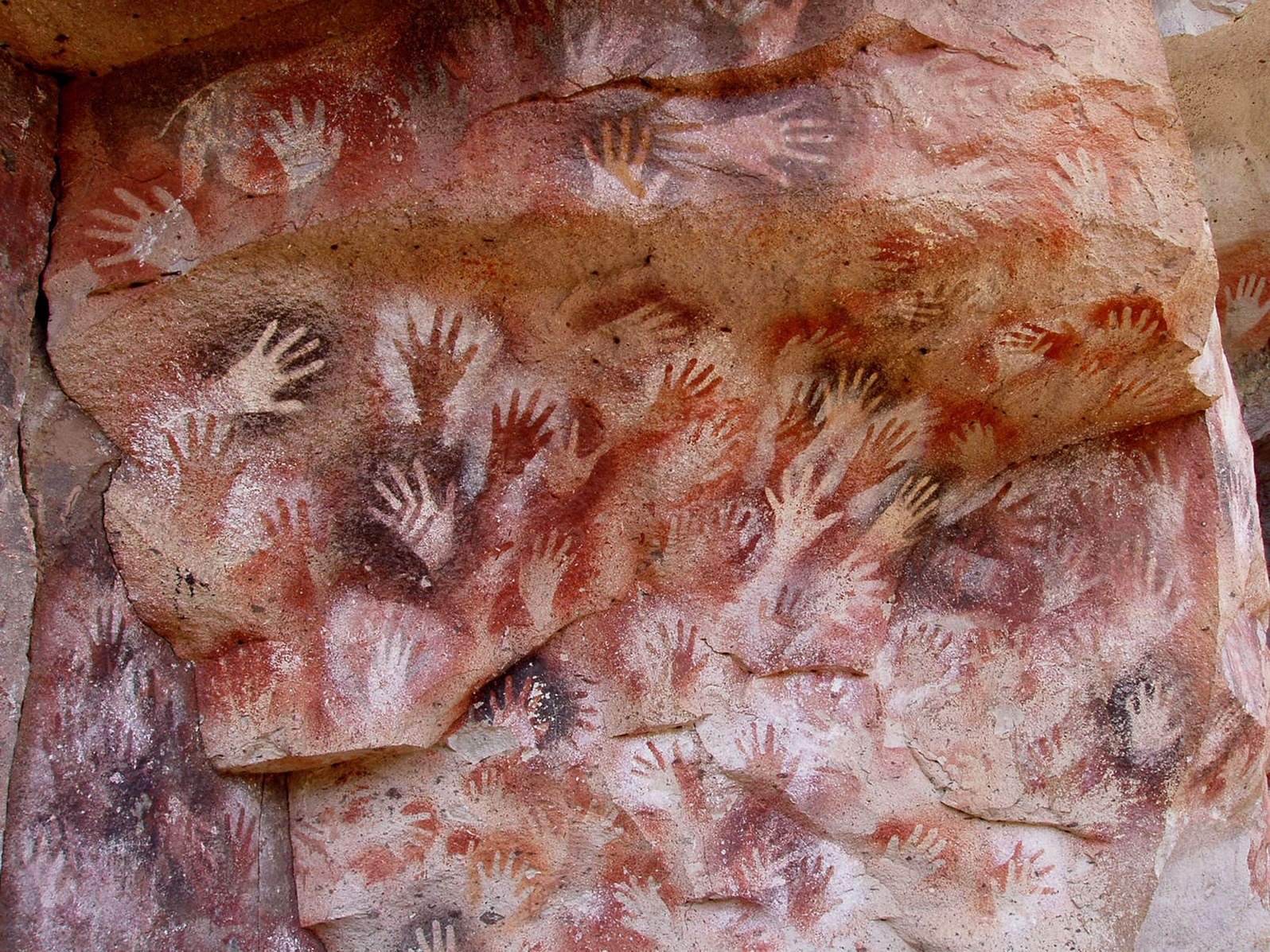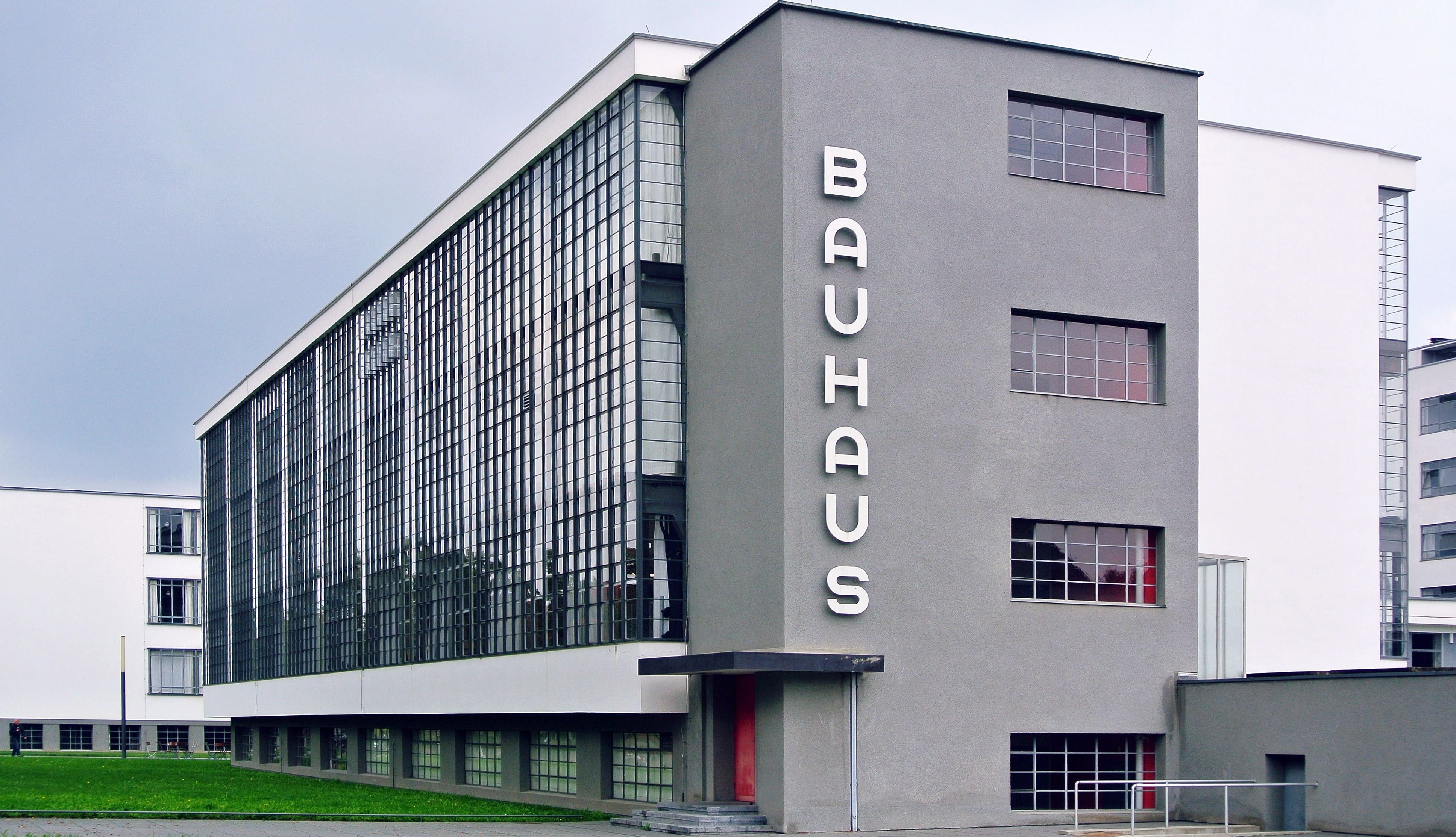THE HISTORY OF 3D RENDERING: The Digital Age. Part 1.
FIRST DIGITAL IMAGE
One of the 100 Photos That Changed The World
That’s the photo of the 3 month old Walden Kirsch, the elder son of Russell Kirsch
And that’s the first digital image.
Russell Kirsch was an American engineer, who is recognized as the developer of the first digital image scanner. He joined the National Bureau of Standards and together with his team developed SEAC (Standards Eastern Automatic Computer). SEAC was the first US’s fully operational stored-program computer. It was a room-size with a mass over 3000 pounds (1,4t).

The first digital image scanner was developed by Russell Kirsch and his team in 1957. The first photo scanned was a picture of Walden Kirsch, the developer’s son, who was 3 months old then.
In 2003 this photo was included by Life (magazine) in the list of “100 Photographs that Changed the World”.
The original image can be found in the Portland Art Museum.
A Name
Russell Kirsch (June 20. 1929 – August 11, 2020) was an American engineer, who created the first digital image and developed the first digital Image scanner. Later his researches became essential for space exploration and boosted some medical advancements.
FIRST COMPUTER MODELS
CAD Instead of Manual Drawings
Computer-Aided Design (CAD) took its start at the beginning of the 1960s. It was Patrick Hanratty who was among the key figures in the development of the first digital graphics design systems. 2D and 3D computer-based interactive drawings provide lots of capabilities for developers, being accessible at any time, easily modified, optimized, analyzed, stored, output and received. Since the 60s CAD systems have been constantly evolving and expanding into new fields and now they are a universal suite of efficient design tools in service of developers in all areas of construction.
A Name
Patrick Hanratty (1931-2019) was an American cмomputer scientist. In 1957 while working for General Electric he created a programming language Pronto and later, in General Motors, participated in the development of DAC (Design Automated by Computer). In 1971 he founded Manufacturing and Consulting Services (MCS), which main product was named ADAM (Automated Drafting and Machining). Some well-known CAD/CAM packages such as Auto-Graph, Anvil-500, Autosnap 3D and others were derived from MCS products.
FIRST 3D MODELLING
Sketchpad
In 1963 while earning his PhD from MIT an American computer scientist Ivan Sutherland developed his first software for 3D modelling, a program called Sketchpad. The program enabled uses to create simple 3D objects, such as prisms and cubes. Sutherland used Lincoln TX-2 computer at MIT with 64k of 36-bit words. The drawings were made just on the screen with a light pen, a computer input device, created in the previous decades. Sketchpad became a revolutionary breakthrough in computer design, originating such important novelties as human-computer interactions (HCI), graphical user interface (GUI), object-oriented programming (OOP) and computer-aided design (CAD).

Program listings for Sketchpad are housed in the Computer History Museum, located in Mountain View, California.
A Name
Ivan Sutherland (May 16, 1938) is an American computer science researcher, a trailblazer of computer graphics. His pioneering program Sketchpad brought him the Turing Award from the Association for Computing Machinery in 1988 and the Kyoto Prize in Advanced Technology in 2012 for pioneering achievements in the field. Among his students at the University of Utah in the 70s were the later developers of the foundations of modern computer graphics, including Alan Kay, Frank Crow, Edwin Catmull, Martin Newell and others.



